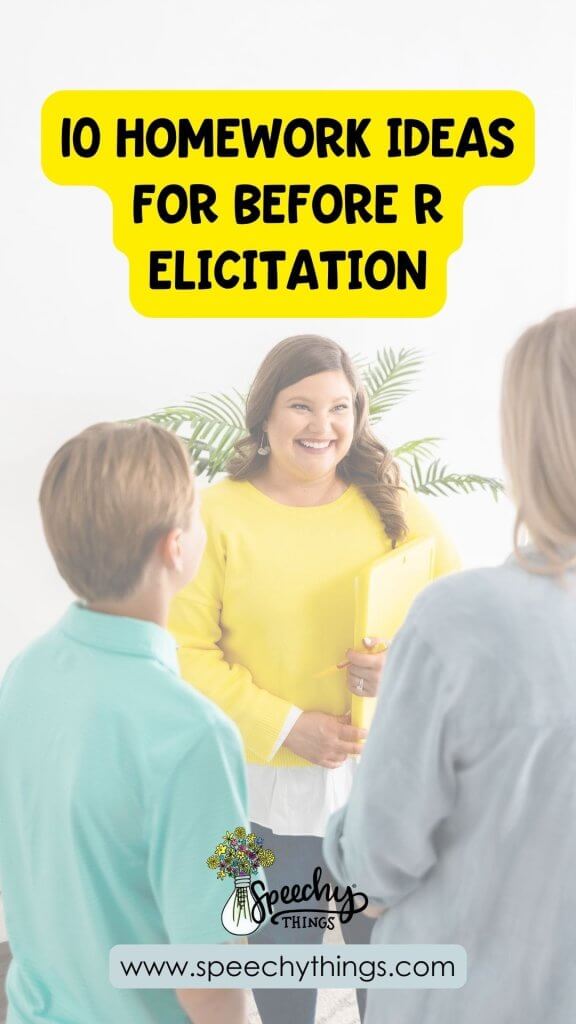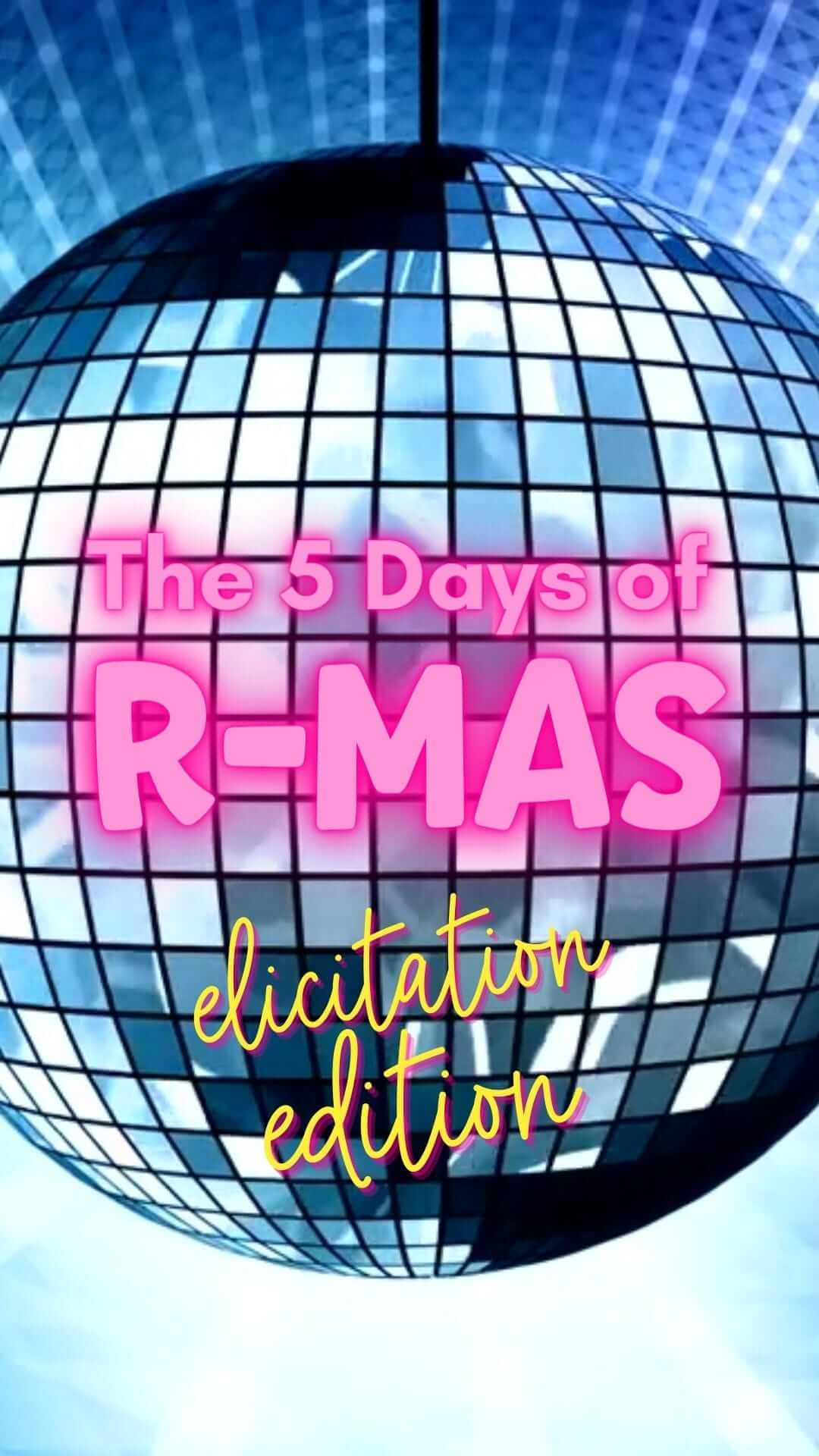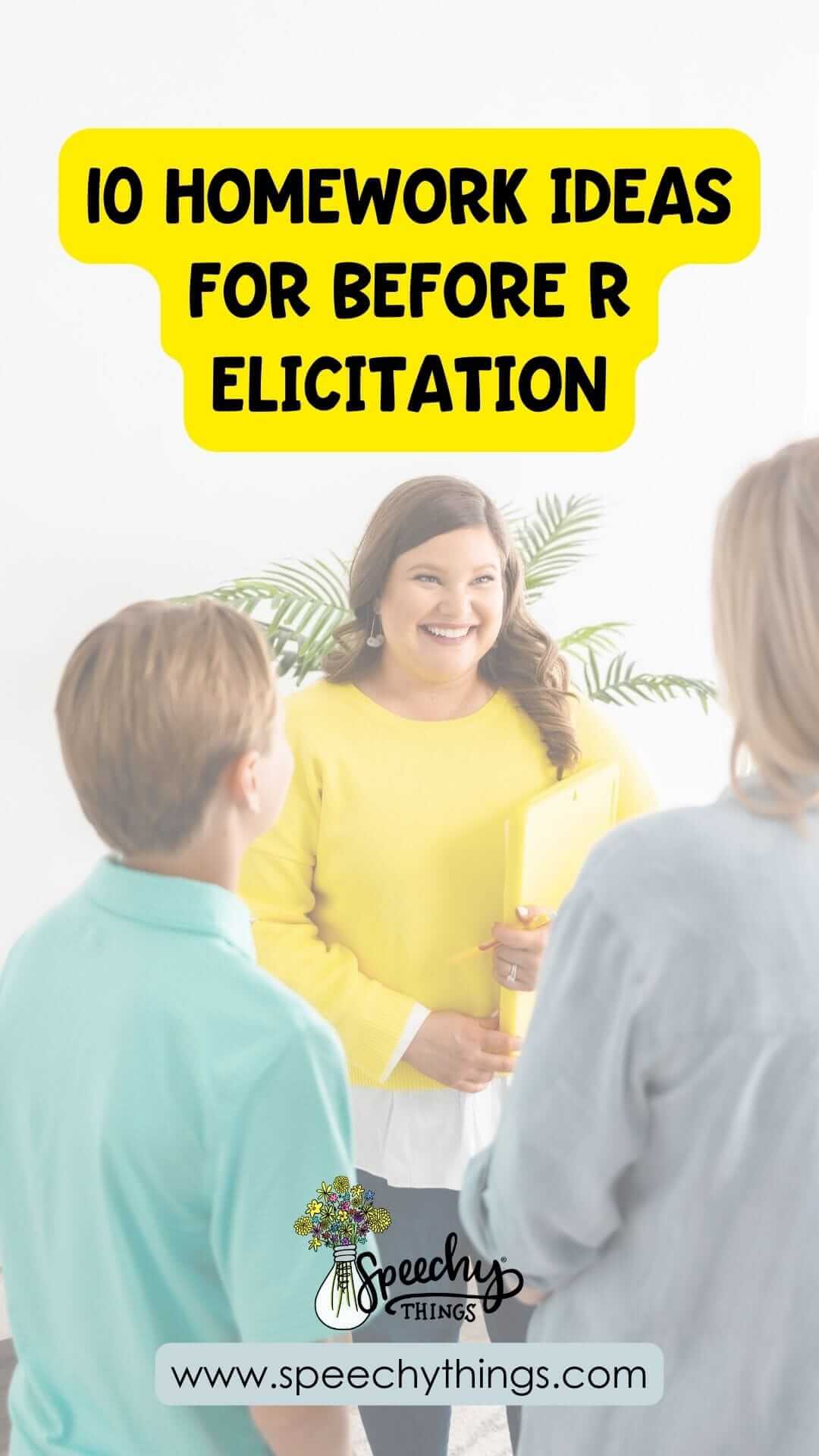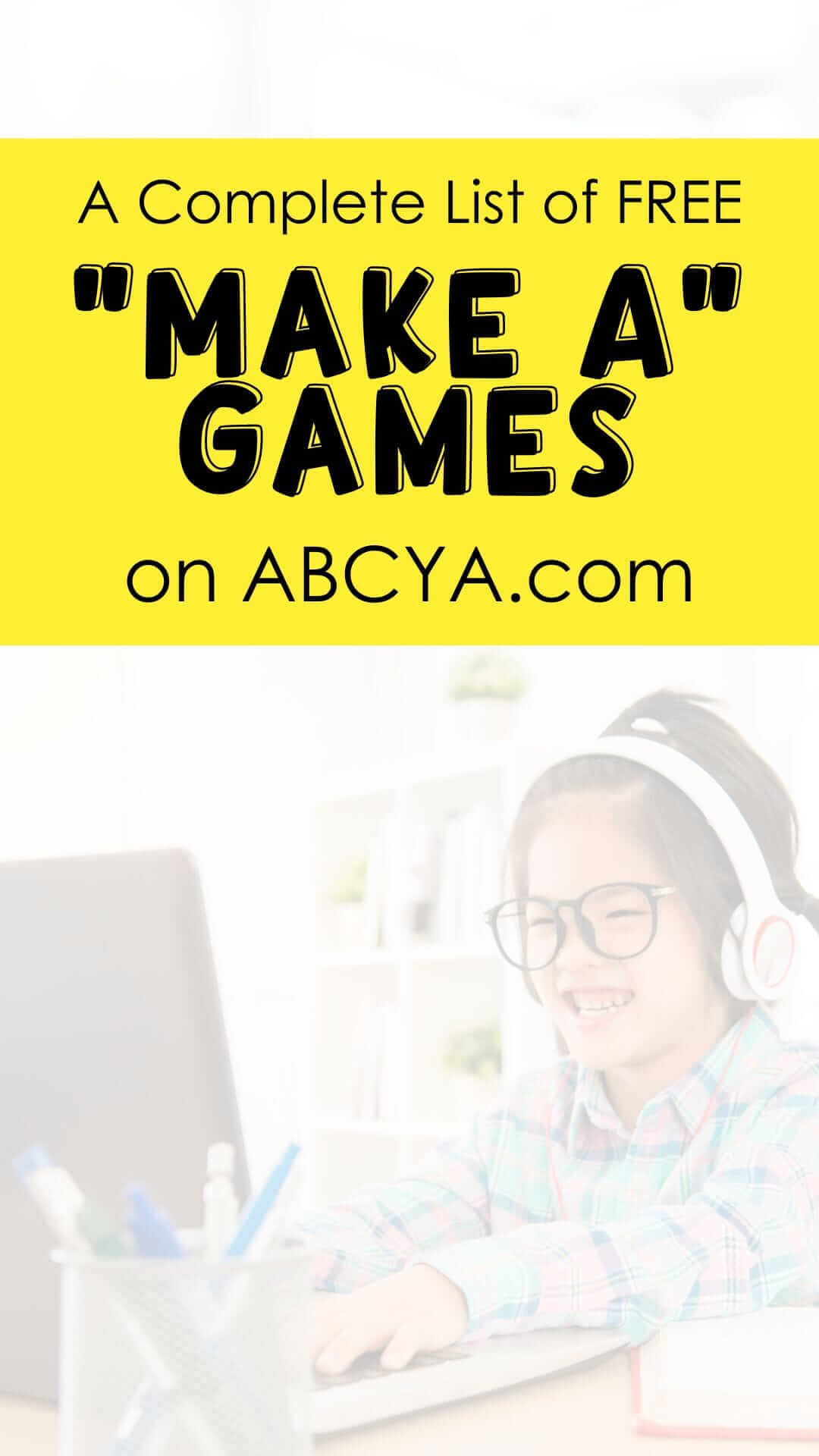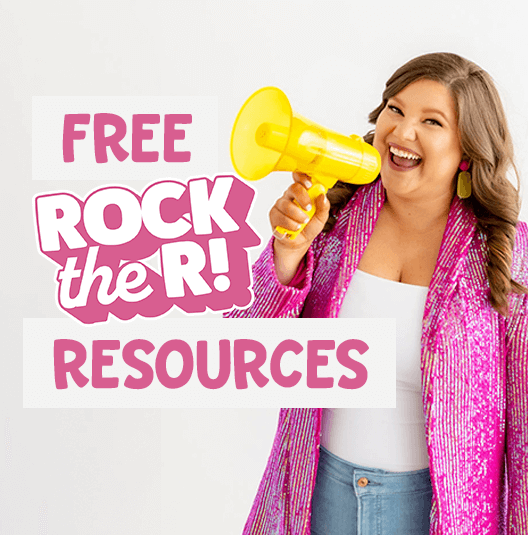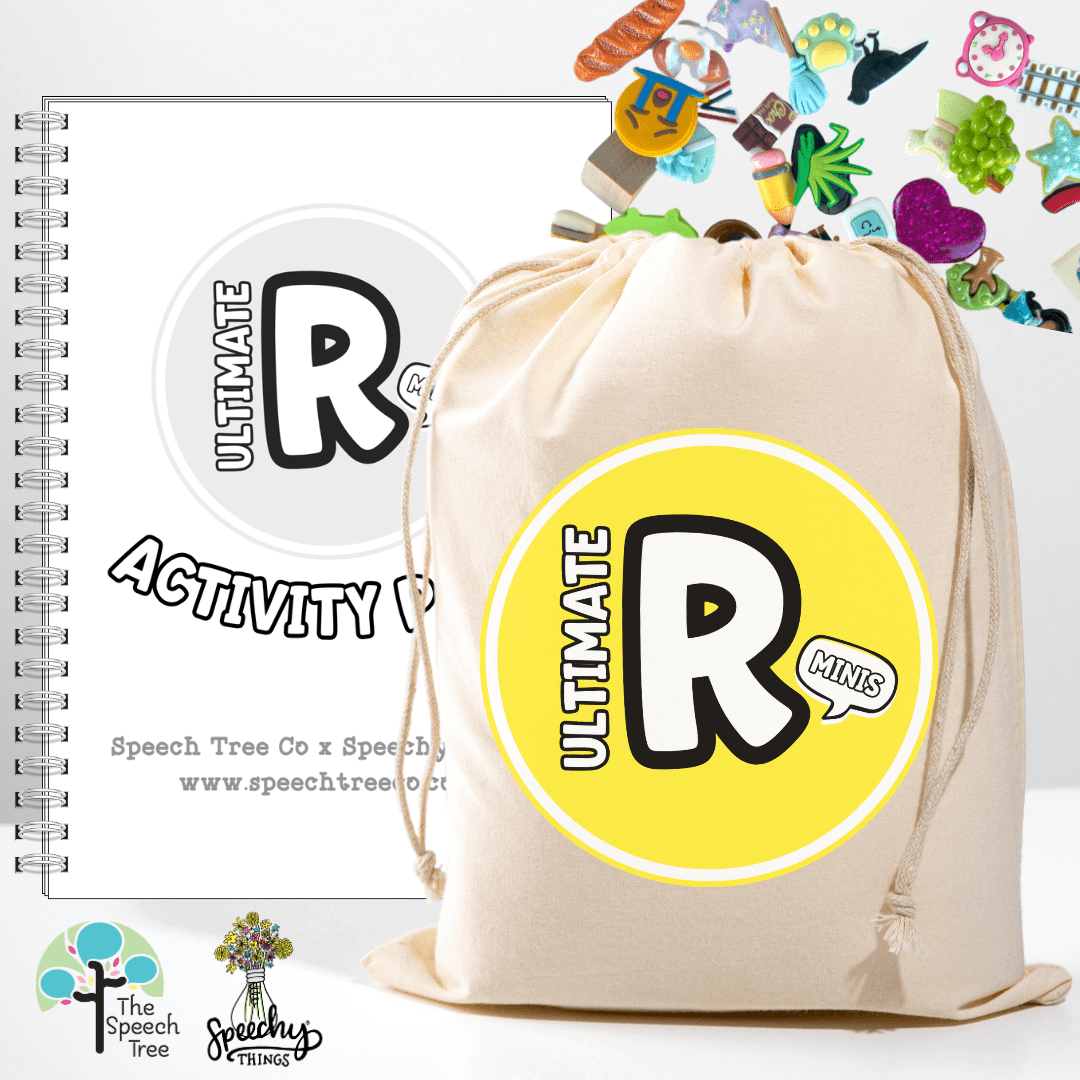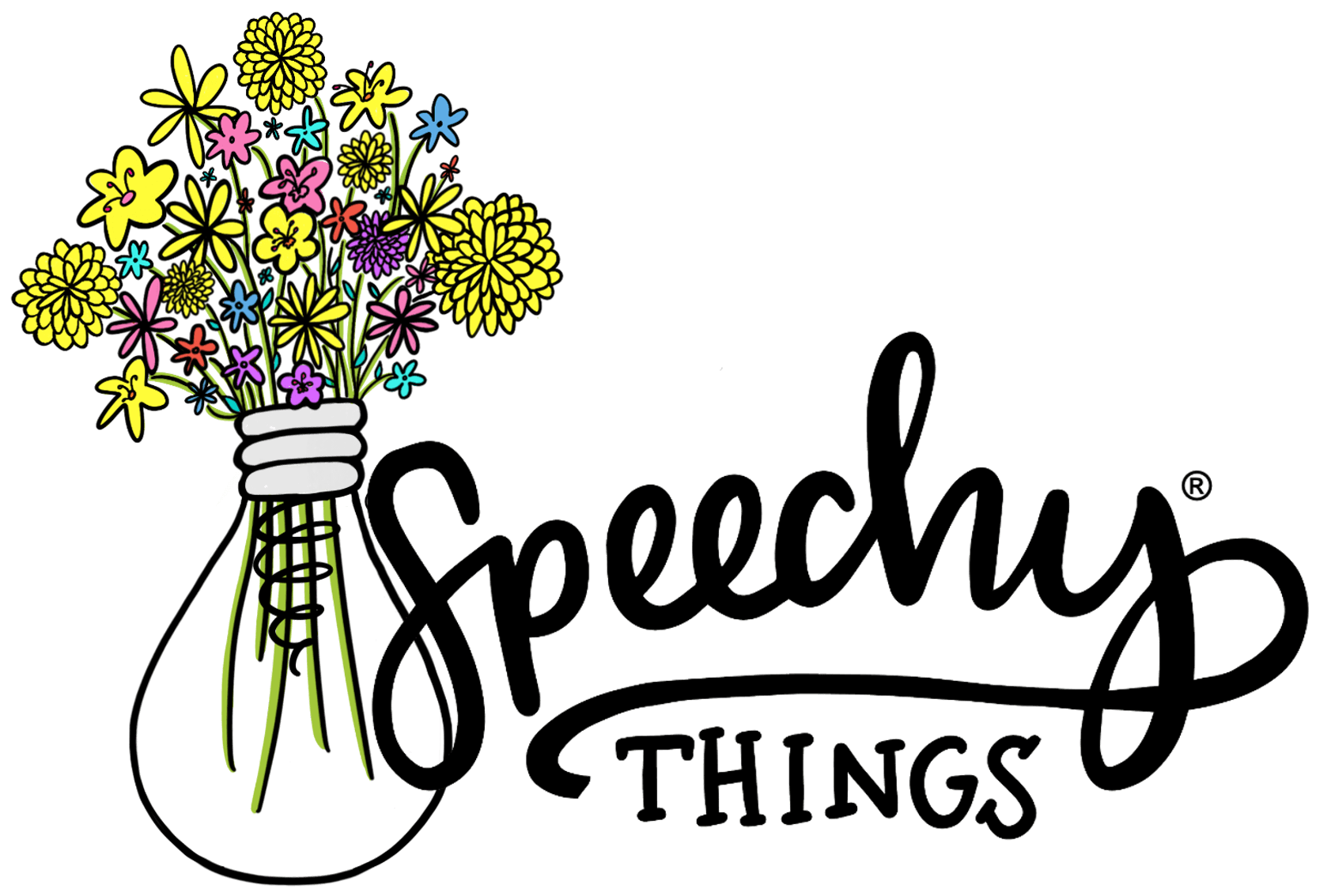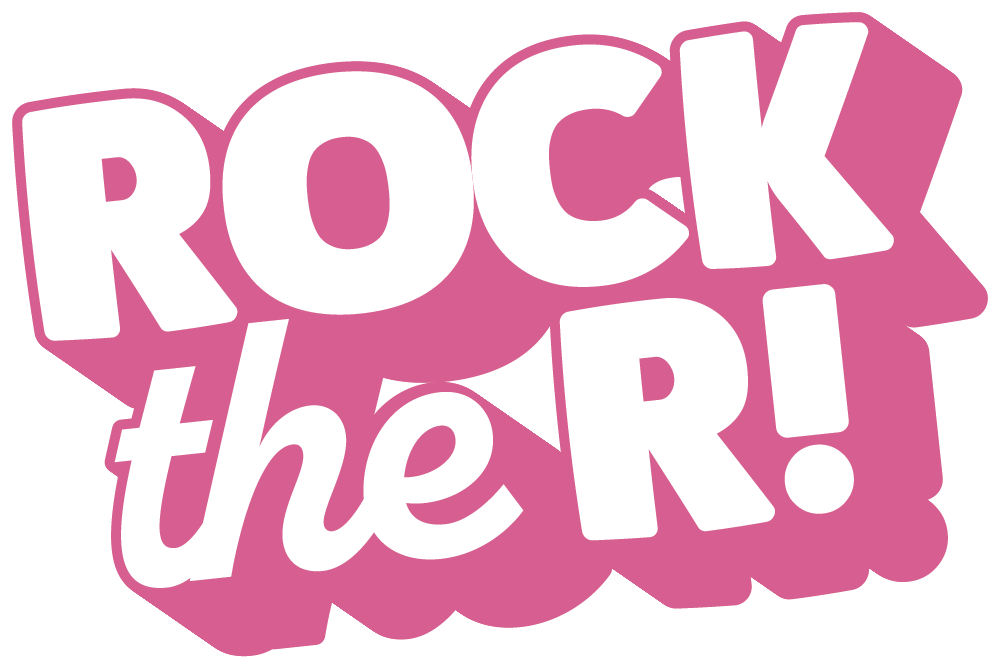We all know it can take a session or two (or twenty) before students finally get the “R” sound for the first time. It can be so tempting to just skip sending homework before they’ve nailed down correct tongue placement in therapy… but that is a lost opportunity. There are a lot of “pre-learning” and foundational skills we can target both before and during the elicitation phase of “R” therapy. Not to mention, it does not set a great foundation for expectations surrounding home practice. But like… what on Earth are we supposed to send home? We can’t have them drill a sound they don’t have.
Here are ten homework ideas that you can send home with your brand-new R students TODAY, even before they can correctly produce the R sound:
1. Self-Rating Survey:
Send home a questionnaire (like the one included in the R Assessment) to get a sense of their attitudes toward their speech and their production of R. This will provide valuable insight into how to proceed in your sessions to achieve buy-in. It will also give you a baseline to compare against later.
2. Growth Mindset Homework:
I first learned about growth mindset from my friend Kristin and Kiwi Speech and it’s been a game changer. One option for an easy homework assignment is for your student to come up with a short list of things they’re good at, and another list of things that are challenging for them. Use the list as a conversation starter to discuss how everyone has strengths and weaknesses, but also the ability to learn, grow, do hard things. For a lot of people… R is a hard thing.
3. Functional Word List:
Ask your students to create a list of words that are meaningful to them. Maybe it’s the names of people they love, characters in their favorite movie, or words related to their extracurricular activities. This can help achieve “buy-in” and ownership in the therapy process. The idea is to help them see the importance of the R sound in their everyday lives.
4. Phonemic Awareness:
Encourage them to create lists of words containing the R sound based on chosen categories (e.g., animals, fruits), find rhyming words, or do a sound scavenger hunt to spot R words in books or their surroundings. These can be fun to do with caregivers and will lay an excellent foundation for carryover in the long-run.
5. Minimal Pairs:
In my experience, there are very few students who only struggle with articulation when it comes to R errors. Many of them, if not most, also struggle with phonology. The minimal pairs approach is an excellent, evidence-based way to address gliding. Sending home pictures of minimal pairs and asking your students identify the words is a great parent-friendly activity to send home.
6. Auditory Awareness:
Try using listening activities and encouraging students to recognize and point out R words when they hear. It’s often easier to first hear this in other speakers, but we want to work on self-awareness and noticing their own productions (correct or not) as early as possible to lay the groundwork for self-monitoring in carryover.
7. Perception Training:
Perception training refers to helping the student achieve an accurate representation of what the R should sound like in their head. You can have them rate their own productions or the productions of a communication partner.
8. Play Teacher:
Let your students become the “teacher for a day.” Have them explain to their family members what they’ve learned about anatomy and/or tongue placement in their speech session. This reinforces their understanding and makes them feel like experts.
9. Mirror Work:
Mirrors can be a fantastic tool for children to develop awareness of their tongue movements. Encourage them to practice different tongue positions in front of a mirror to improve proprioception and dissociation.
10. Play With the staRt App:
The StaRt app is a free visual-acoustic biofeedback iPad app developed by the BITS Lab at NYU. (visual-acoustic biofeedback means it listens to your voice and creates a spectograph so you can see your soundwaves/frequencies in real time). It’s an incredible tool to use during the elicitation phase but even before you achieve the R sound, it may be helpful to go ahead and families download it if they’re able. Instruct them to open a profile and just play around with making different sounds and watch how the wave responds.
Reminder:
It’s important to communicate to families that you don’t want them to engage in extensive drilling or practice at home until you give them specific guidance. We do not want children practicing incorrectly. These homework assignments are about building awareness, understanding, a positive attitude, and foundational skills for the R speech therapy process.
If you’d like more help with R, be sure to check out my VIP Freebie Library! You can get immediate access by joining my email list.
Happy home programming to you!







